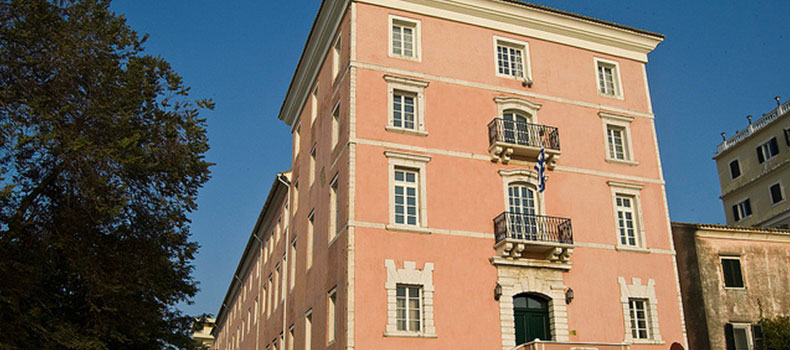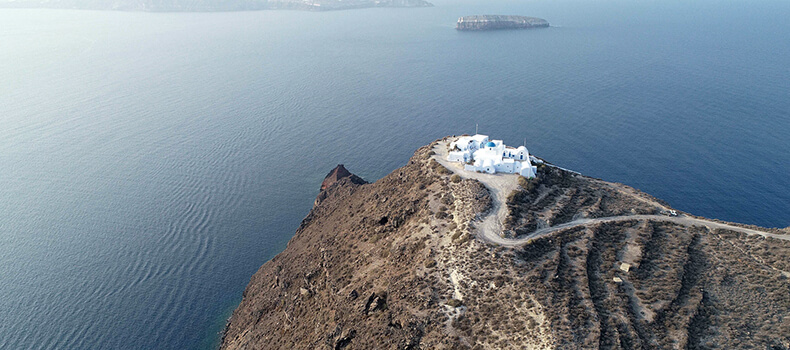Santorini Volcano Explosion Dates Changed: Piece of Olive Tree Found on Thirasia Changes Everything
The dating of a piece of olive tree found on Thirasia will move the dating of the eruption of Santorini’s volcano a few decades later than current estimates, the Ministry of Culture and Sports said (...).
The wood was found in the area “Kimissi Thirassias”, the prehistoric settlement which lies on a hillside of the island once connected to Thira, or Santorini, at least up to the Middle Bronze Age, before the volcano exploded.
The settlement is on top of a hill on the southern side of Thirasia, and on the edge of the caldera that existed before the volcano explosion, that is variously dated from 1627 BC to 1600 BC. The wood belongs to the last stratigraphic phase before the explosion, the ministry said.
The University of Arizona at Tucson team that tested the wood show that “the wood dates absolutely to the early 16th century BC, therefore places the Minoan-era blast some decades after the date supported until now.”
In recent years, excavations had revealed a large elliptical-shaped building and smaller constructions “ingenuously built into the volcanic rock face,” the ministry’s statement said. Excavations this year focused in an area where research had shown possible architectural remains squeezed between layers of the explosion levels of the volcano. “From the start of the excavation, lying in the ash and pumice layers were found very strong walls, built carefully and in straight lines, one of which was nearly seven meters long,” the ministry said.
The most important excavation area found so far goes down to a depth of two meters, to a platform running along the whole length of the south wall, raising new possibilities about the use of the space in the bronze age.
The large walls and numerous Middle Cycladic pottery found in undisturbed layers indicate a dating of about 2000 to 1700 BC and may incorporate earlier, Protocycladic strong constructions, the ministry said, adding that it is still early to figure out whether the walls were for defence or surrounded housing.
Dating was further clarified this year, bringing the ranges of dates of Thirasia on par with the corresponding Aegean Island communities, both on Santorini (the Akrotiri site), as well as Ios (Skarkos) and Keros (Daskalio).
The excavation is carried out by the Ionian and Cretan Universities, the Cyclades Ephorate of Antiquities, an international research team, the city of Thera, the Institute for Aegean Prehistory (INSTAP) and the General Secretariat for Aegean and Island Policy.
(Source: ANA-MPA)
Full Ministry announcement (in Greek) here.
Excavation website (in Greek) here.





 Press Release
Press Release










